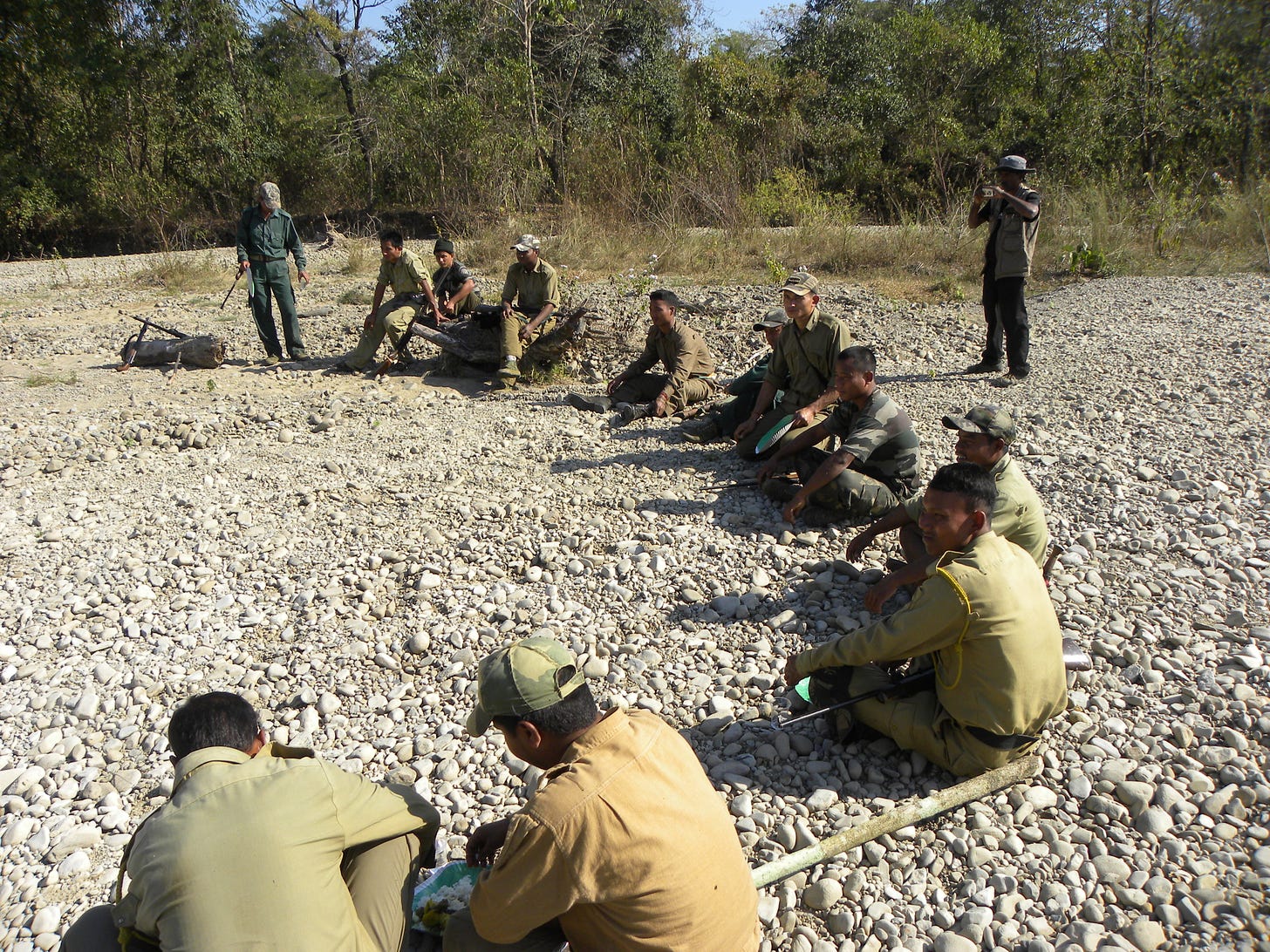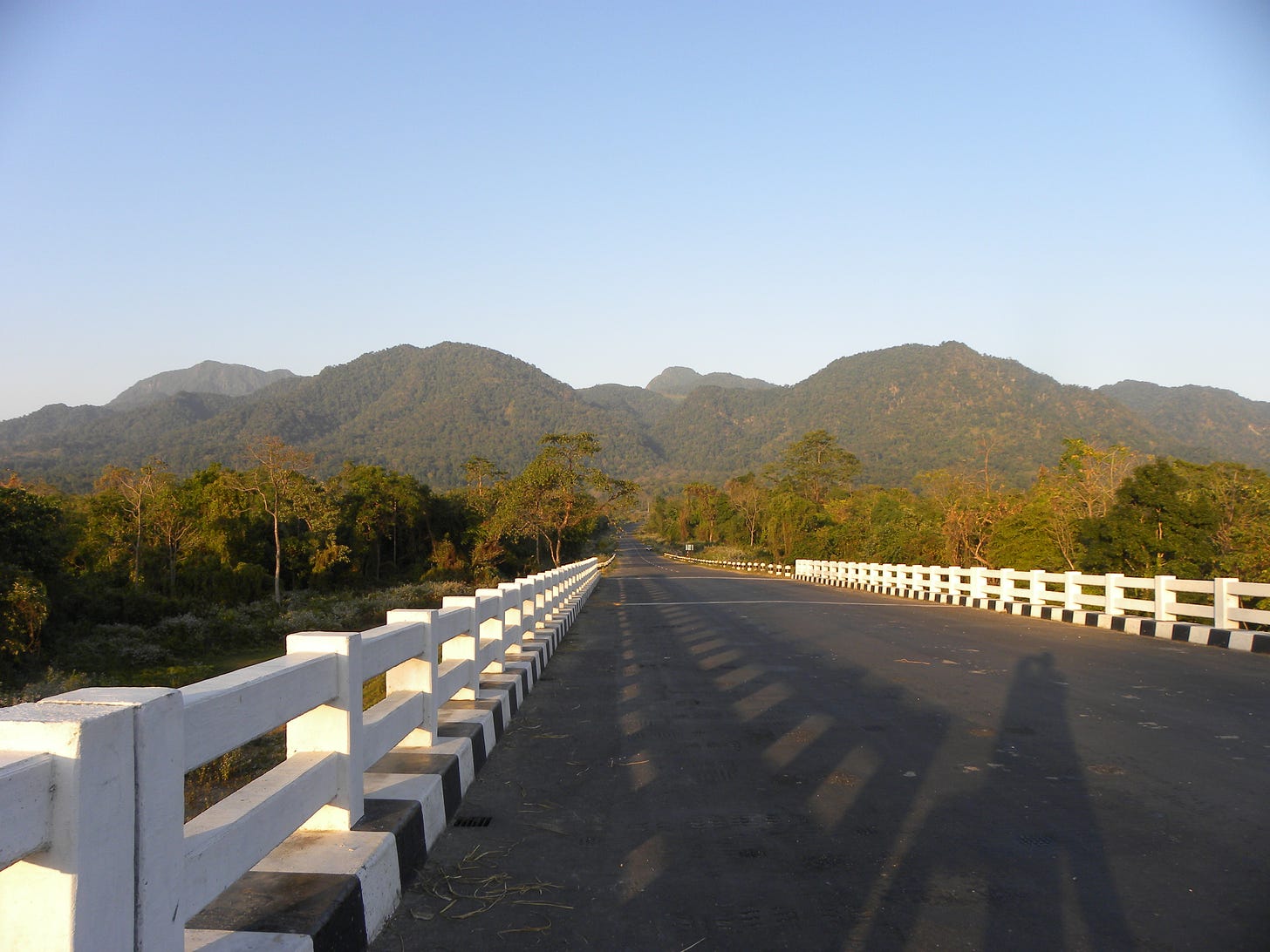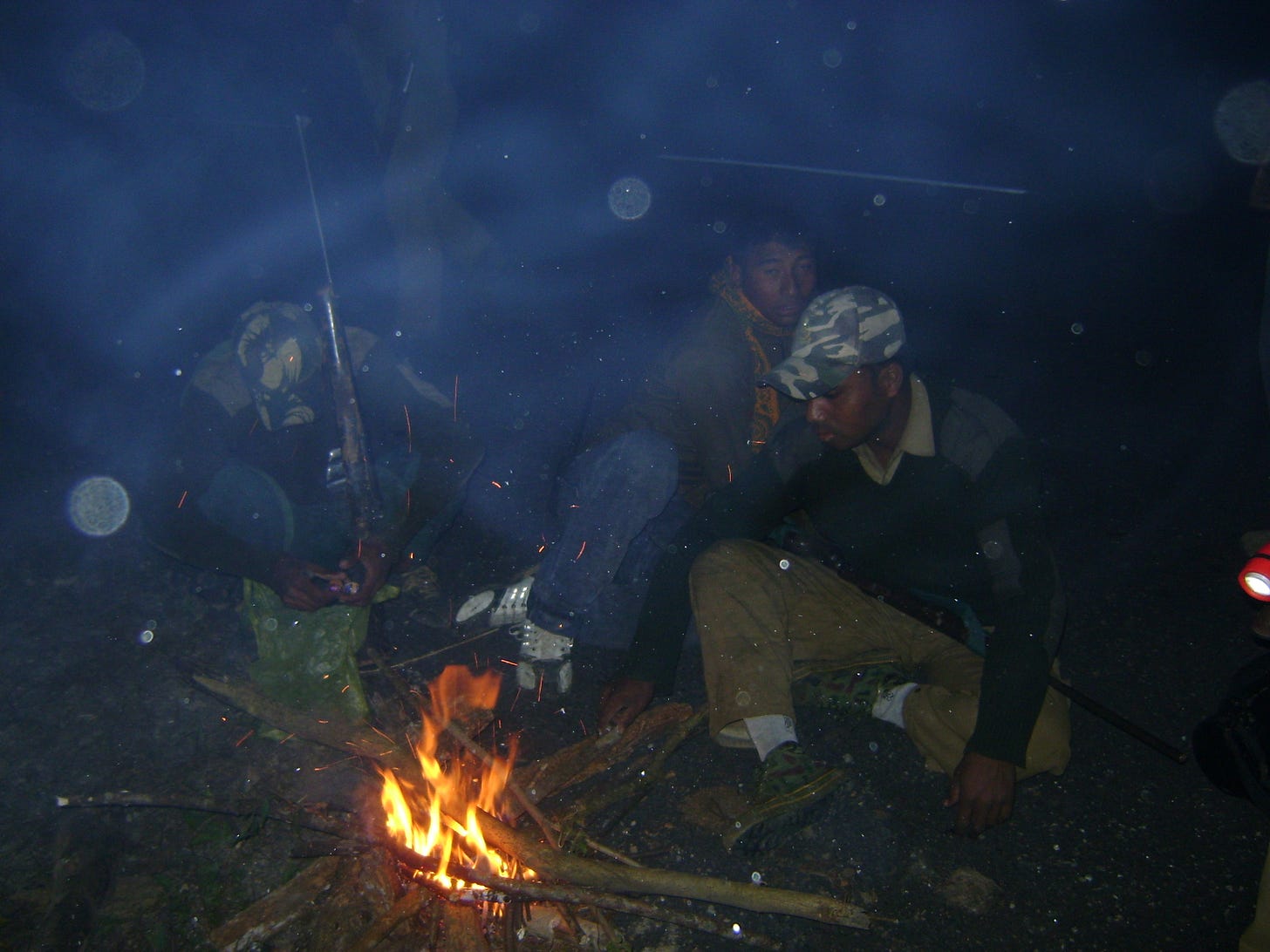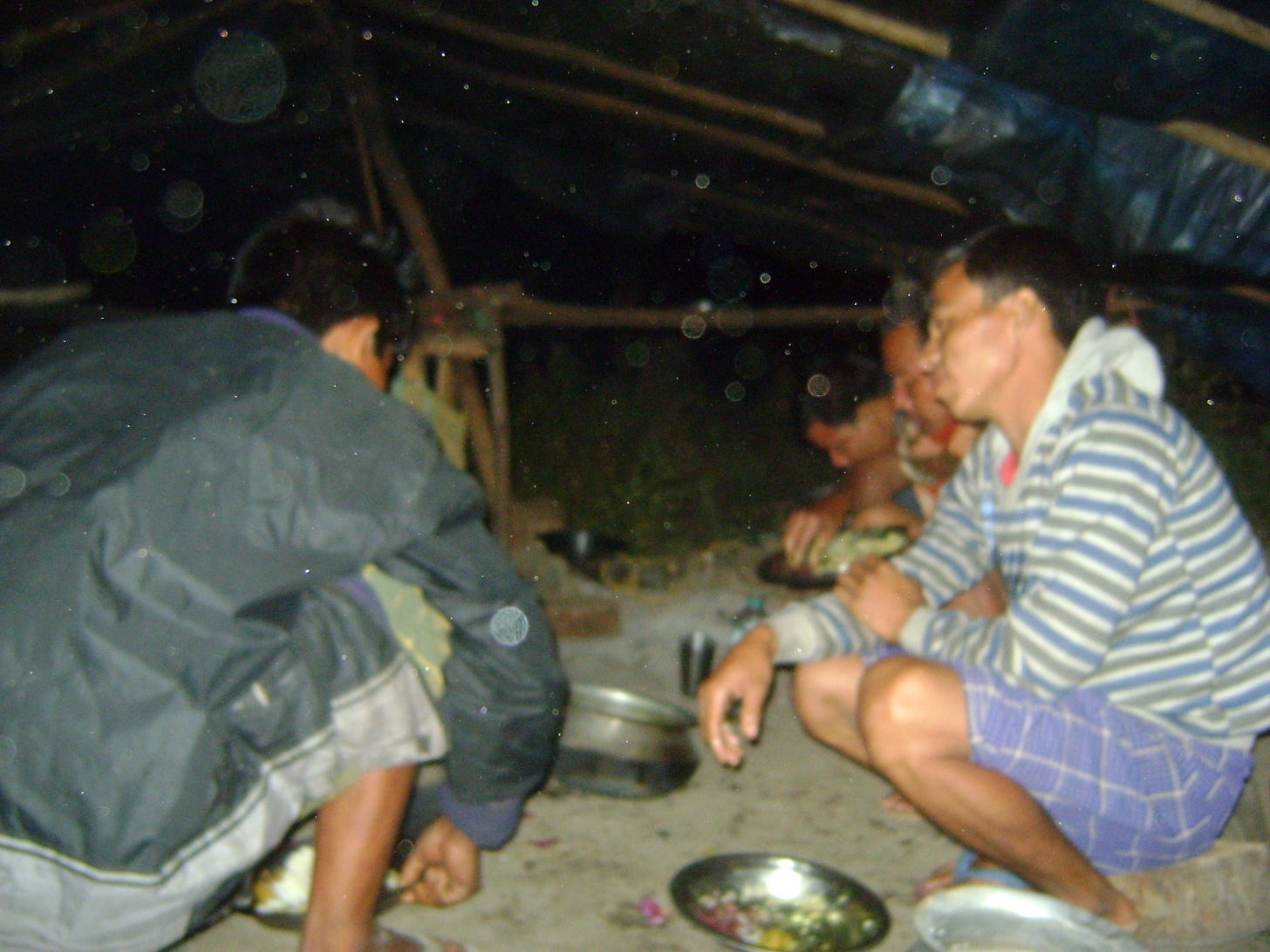The Green Warriors:A tribute to our forest guards who have dedicated their lives to saving our wildlife
Life inside the forest is very vibrant and dynamic. It is also unpredictable, as nobody knows what would happen next. Adapting to such a situation requires a lot of patience, learning, and love for wildlife and nature. The appropriate logistics and capacity to cope with an emergency are also necessary. The forest guards or forest rangers are the frontline worker to protect our threatened biodiversity. They are doing their duty day and night far from the homely comfort zone of other sections of society.
However, a majority of ground forest staff live in an unsuitable situation. They do not have the proper capacity to deal with emergencies and appropriate field logistics. They might continue in such a situation because of the love and compassion they have for nature and wildlife.
Wildlife conservation requires a lot of attention and investment for better protection to support wildlife. Irregular and illegal destruction of pristine wildlife habitats has threatened all wildlife at large.
The WWF’s Living planet 2020 report has clearly outlined how the increasing rate of human destruction of nature is having catastrophic impacts on the wildlife population as well as on human health and all aspects of life.
However, as precautionary measures, we still are far behind to reduce the destruction of nature. As a frontline hardcore rhino researcher, I have been working with forest staff for many years.
I have observed that almost all the frontline workers have a deep love for wildlife despite having negligible field logistics to patrol during the different seasons. The following story is about these forest guards’ deep sense of duty, responsibilities, and love for the wildlife.
It was a chilly December in 2010. We had recently reintroduced rhinos in Manas and trying our best to patrol and monitor them round the clock. As the rhinos were still adjusting to the habitat, there were numerous cases of rhino strays. One such reintroduced male rhino was frequently trying to stray outside the park towards the eastern boundary.

The eastern border of Manas National Park is bordered by a National High way named NH127 A. This highway connect India (Assam) and Nanglam, Bhutan.

The hero of the story, Mr. Rhino was searching for water and sufficient grazing areas, and in his attempt; he was straying outside the eastern park boundary. The water sources were also full of aquatic vegetation making it favorable for the animal. However, villages surrounded those areas and there might be a possible threat for the rhino and men alike.
Therefore, we decided that the rhino needed to be pushed back into the park. Every day, a group of forest guards would coax the rhino for up to 2-3 hours to the park for its safety.
One evening, one of the trekkers informed that the rhino refused to return and he tried to stray several times over the National Highway. If the rhino were to cross the National Highway then it would be a very difficult task for the field team to return the animal.
After the Range Officer discussed the matter with me and the president of Manas Maozigrendri Ecotourism Society (MMES) local community-based local conservation NGO, the team decided to cordon
We formed small teams of 3-4 members depending on the areas. As per the order, all the staff and conservation volunteers from the Manas Maozigrendri Ecotourism Society took position along the 6km stretches of the road.
Mr. Labanya Ramchiary, the Range officer requested all the staff not to move from the respective location until the rhino would return to the park. It was a cold evening and the staff was not well equipped with warm jackets and other gears.
As the chilly wind blew from the Bhutan Himalaya, everyone was shaken to the core while waiting for the rhino to return. Therefore, we decided to bring some rice husk and firewood from the nearby villages.
The villagers were aware of the incident, they provided rice husk, and a few of them lent old blankets for the staff. We also did not have sufficient rations to prepare dinner for the staff. The limited village shops were already been shut down due to the absence of customers and colder situation.
Therefore, the Range officer and I went to beg some ration to one villager’s house with MMES secretary Phwjinswar Narzary.
The benevolent villagers gave us 5kg of rice, potatoes, and some vegetables from his own stocks. With the support of these rations, we prepared dinner for all the staff.
Due to the chilly air current, it was very difficult to stay over the road. Therefore, some of the staff had warmed up by covering the whole body with rice husk.

All the hard work paid off when we got the rhino’s radio collar signals moving towards the interiors of the park around one in the morning. The animal also felt the chill and entered the woodland to respite the cold.
The Range Officer then requested me to take a rest at MMES rest house at Kokilabari. I pulled off my jacket and offered it to a forest guard to warm up there for some time. I still had warm inners to keep myself warm.
The next morning, the rhino returned to its original location. We confirmed the information by following the foot track, fresh defecation site, and radio-collar tracking information.
Fortunately, after the incident, the rhino did not try to stray until the end of the winter season.
Learnings
Illegal wildlife-related trade is one of the most lucrative and fourth-largest black markets that exist on the earth, worth an estimated £15 billion annually. There is a lot of investment needed to improve the conditions of ground forces. Besides regular motivation, behavioral changes necessary. Significance policy level changes also necessary for long-term impacts on it.


Comments
Post a Comment